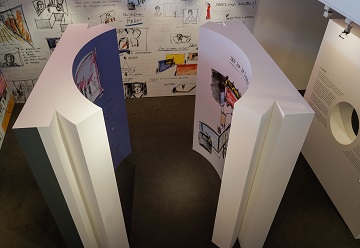"FADOS" DE CARLOS SAURA | 10 ANOS
20 May, 2017 to 8 October, 2017
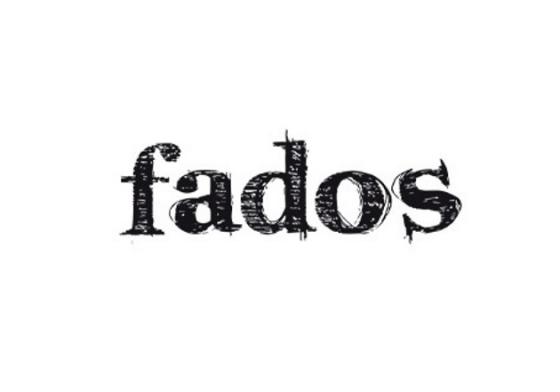
"I find myself again face to face with this magical union between music and the cinematographic camera, which fascinates me so much and which reaches its maximum expression in the musical.
Musical cinema can take many forms, but I consider that its purest state is that in which it does not submit to a narrative-type argument.
In this case, the stories to be told are already found in the Fados themselves. "
Carlos Saura, 2007
After Flamenco (1995) and Tango (1998), Carlos Saura delved into the mysteries of Fado in 2007, thus ending a journey through the history of music in the coastal cities of the Ibero-American space. Round-trip songs, as he always liked to call them.
With Lisbon as a backdrop, the film explored the complicit dialogue between music and the city, tracing the evolution of Fado from Afro-Brazilian origins to today's new generations.
Carlos Saura called him FADOS because he understood that, unlike his Spanish and Argentine counterparts, the Portuguese genre contained multiple identities.
Tastes brought from childhood, music and dance punctuated Carlos Saura's filmography in films such as "Bodas de Sangue" (1981), "Carmen" (1983), "El Amor Brujo" (1986), "Sevilhanas" (1991), "Flamenco" (1995), "Tango" (1997), "Salomé" (2002), "Iberia" (2005), "Fados" (2007), "Don Giovanni" (2009), "Flamenco, Flamenco" (2010) or "Jota" (2016). In his films, Saura seeks to meet the old dream of cinematography: preserve, for posterity, the performance of great musicians. With an attitude of deep respect for the heritage of the past, Saura's gaze seems to document and preserve for future memory, the art of the great interpreters of popular music, the privileged stage of the ephemeral.
Ten years after the premiere of the film, the exhibition FADOS aims to revisit the journey of director Carlos Saura through the universe of Fado, through his fotosaurios (painted photographs) and story boards, drawings and notes, paintings, scripts and props that accompanied and helped him with the construction of his look on the urban song of Lisbon.
A multidisciplinary path, the mosaic of this journey is structured around the various arts, on display, according to the director's premise: drawing, photography, writing, music and cinema are closely related, so closely related within me that could do without1. Revisiting the film, the FADOS exhibition also illustrates the behind the scenes where some of the living exponents of the genre - Carlos do Carmo, Ricardo Ribeiro, Mariza or Carminho, among others - give us their testimony about this meeting of cultures that have lived together on our peninsula for centuries , sharing geographies and influences.
1Carlos Saura, “Sobre mis dibujos”, Las fotografias pintadas de Carlos Saura, El Gran Caíd, Madrid, 2005
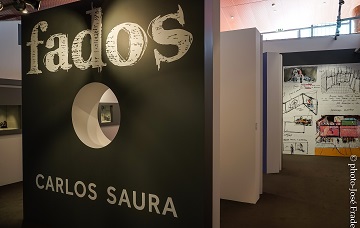
Photo: José Frade | Museu do Fado
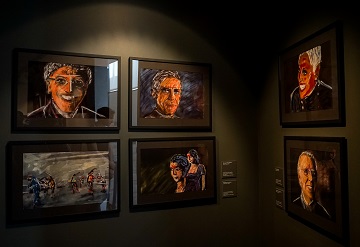
Photo: José Frade | Museu do Fado
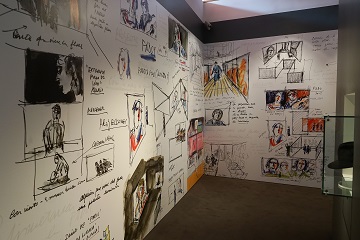
Photo: José Frade | Museu do Fado
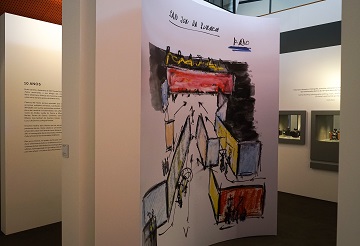
Photo: José Frade | Museu do Fado
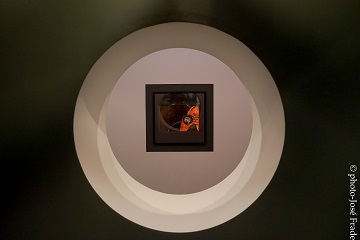
Photo: José Frade | Museu do Fado
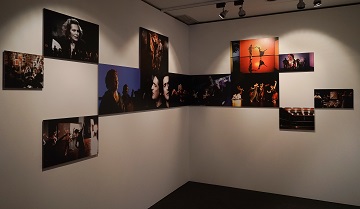
Photo: José Frade | Museu do Fado
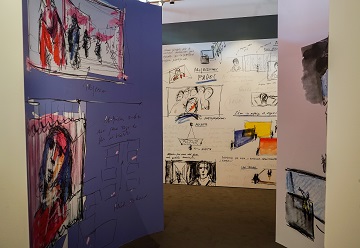
Photo: José Frade | Museu do Fado
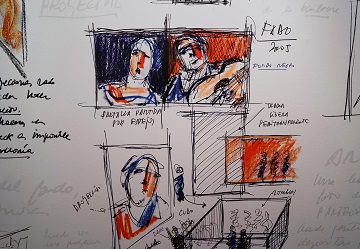
Photo: José Frade | Museu do Fado

Photo: José Frade | Museu do Fado
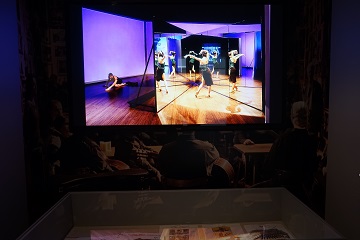
Photo: José Frade | Museu do Fado
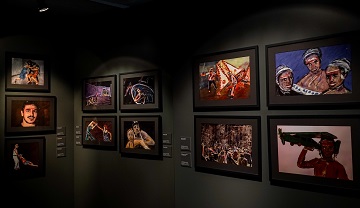
Photo: José Frade | Museu do Fado
